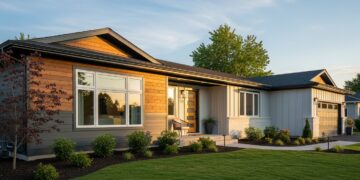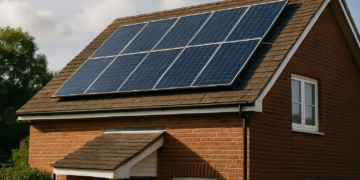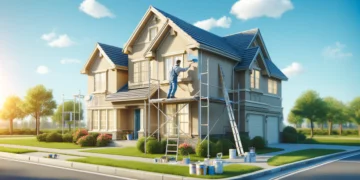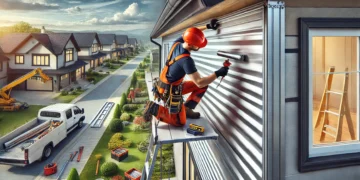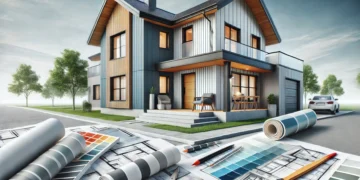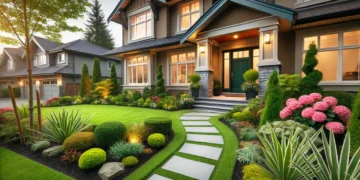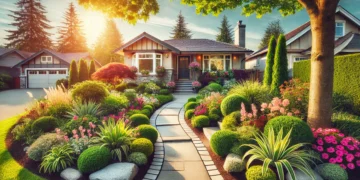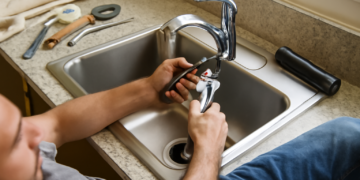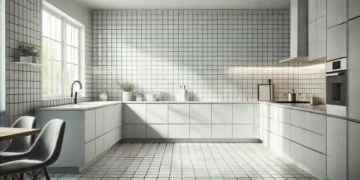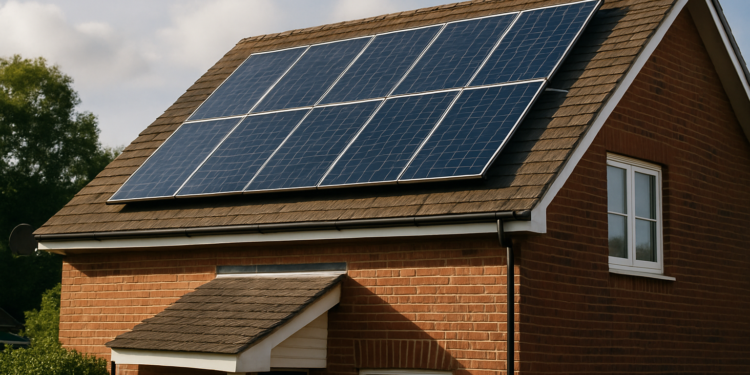This guide is provided by Energy Saving Homes Ltd, a company officially registered as Homes Ltd and specializing in energy-efficient housing solutions. Our mission is to improve energy efficiency, reduce carbon footprints, and help customers save money on their energy bills. The aim of Energy Saving Homes Ltd is to provide solutions that help customers reduce costs and reliance on fossil fuels. We are committed to customer satisfaction and environmental responsibility.
This guide is designed to help customers and property owners understand the benefit of energy efficiency upgrades, including enhanced comfort and cost savings. Energy Saving Homes Ltd offers a free survey or information to help customers get started on their energy-saving journey. We work with different properties, such as houses and flats, to improve energy efficiency for a wide range of clients.
Living a more efficient, eco-friendly, and cost-effective life at home can be achieved through various means, as explored in our article on affordable home decor ideas.
Understanding Energy Efficiency in the House
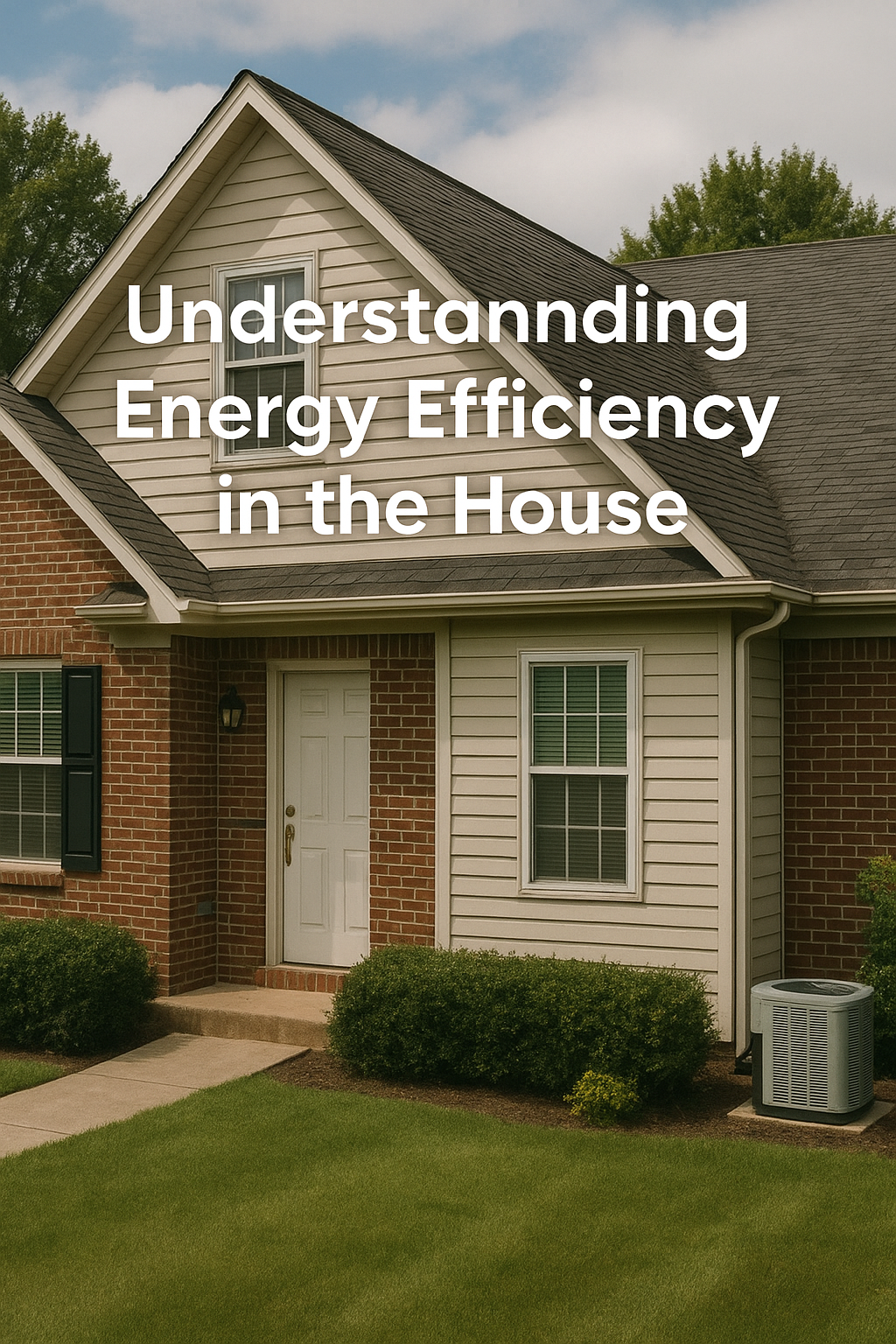
Improving your home’s energy efficiency starts with a thorough assessment of your current energy use, followed by a step-by-step process to identify areas for improvement. Our dedicated team of experts guides you through each stage, from initial evaluation to the final implementation of upgrades. We provide tailored solutions designed to address your home’s unique needs, whether it’s reducing cold spots or preventing dampness. Many customers have shared their positive experience with our services, noting the professionalism and attention to detail that lead to lasting results and greater comfort.
The Importance of Home Energy Efficiency

- Taking part in such programs ensures that the user’s energy costs are down. Therefore, less money is paid to the utilities for the services given.
- By reducing the emissions linked to the production of energy, your home could help the environment and lower its carbon footprint.
- A well-working local climate remains in the home, either in the summer or in the winter.
- The greener and more efficient your property is, the more value it acquires.
Energy efficiency upgrades help protect the environment by conserving natural resources and reducing overall environmental impact. After an energy assessment, we provide personalized recommendations to help homeowners achieve these benefits.
Home Energy Saving Tips
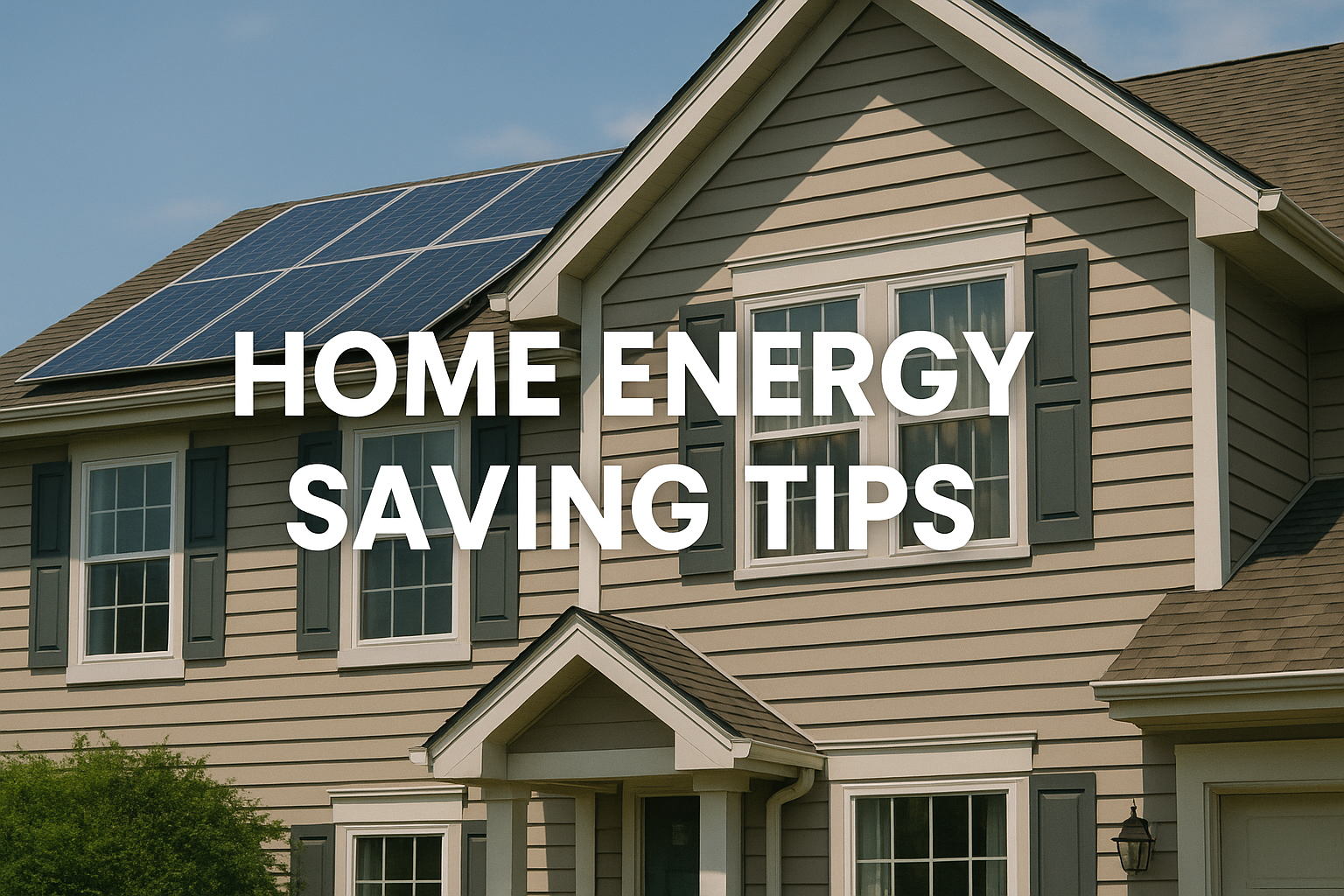
Looking to reduce your energy bills and make your home more comfortable? Our expert tips will help you save energy, lower costs, and create a more sustainable living environment. Take advantage of our free survey to assess your home’s energy consumption and discover cost-saving opportunities. We also provide detailed information to help you understand your options and make informed decisions about improving your home’s energy efficiency.
1. Upgrade to Energy-Efficient Appliances
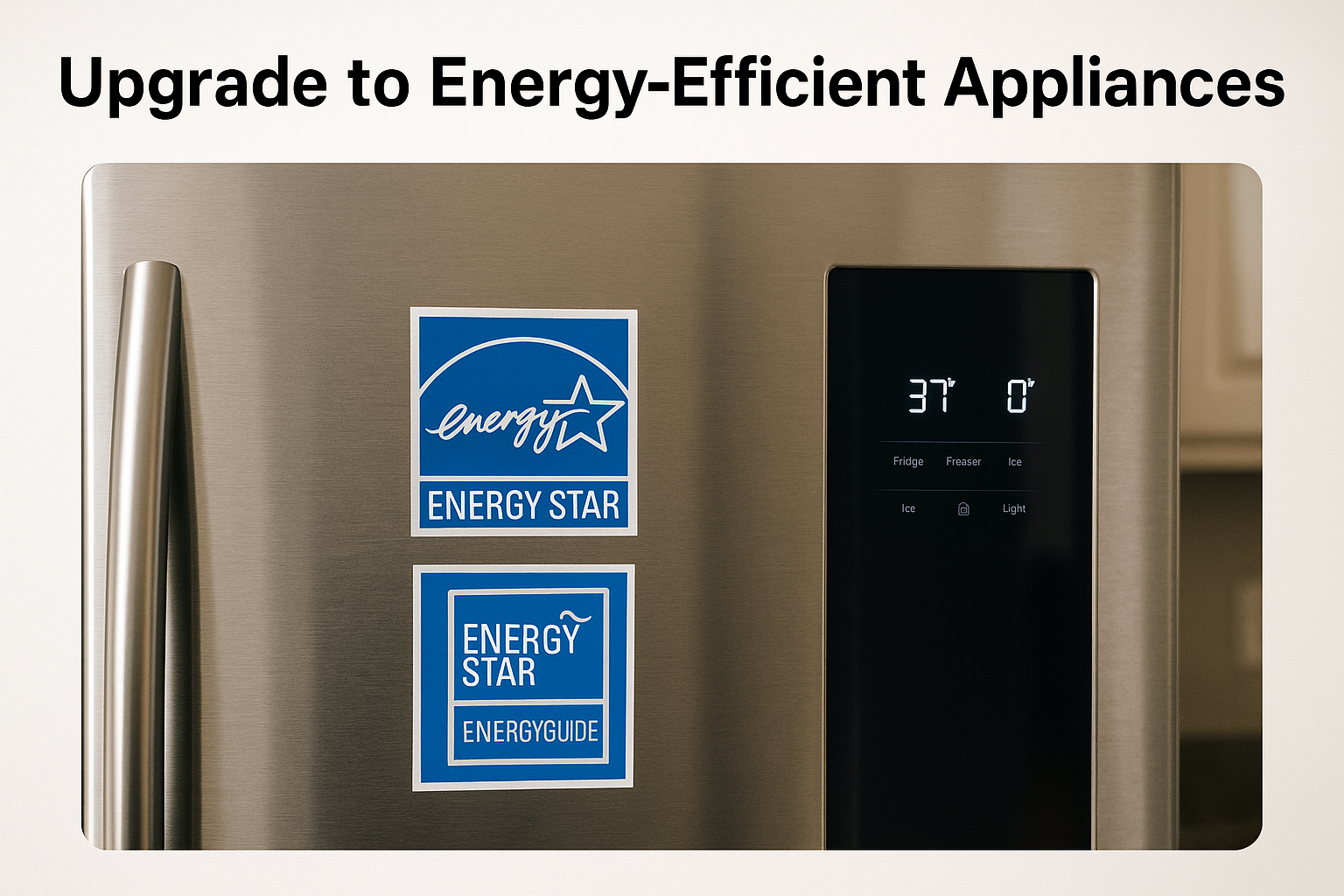
2. Improve Insulation
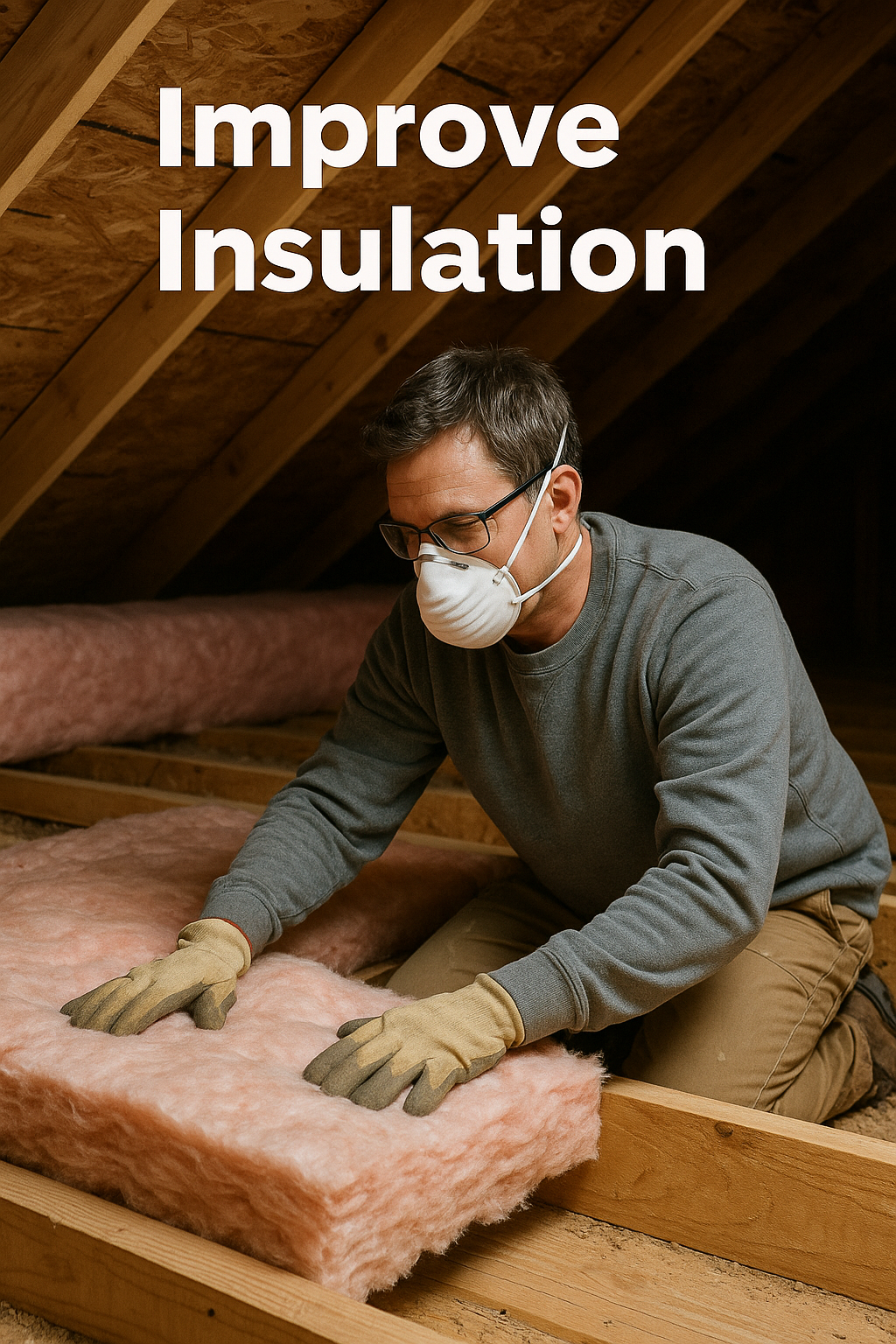
Upgrading your home’s insulation is one of the most effective ways to improve energy efficiency and comfort. Upgrading insulation can involve different types, such as cavity wall insulation, internal wall insulation, and loft insulation, each addressing specific needs within your property. Proper insulation of walls helps prevent issues like damp, reduces heat loss, and creates a healthier living environment. By choosing the right type of insulation for your home, you can address common problems and make your property more comfortable and energy-efficient.
3. Use LED Lighting
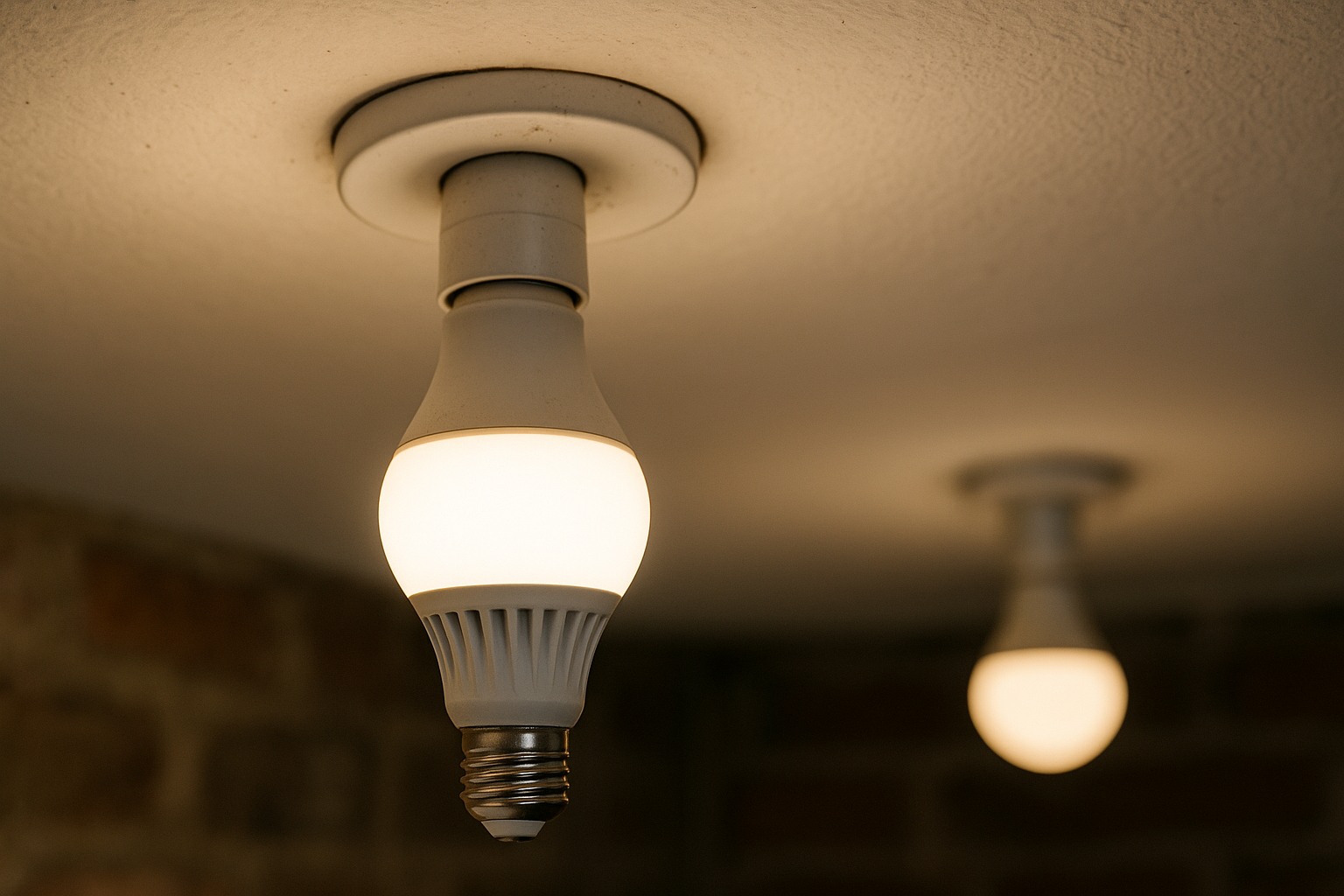
4. Install a Programmable Thermostat

Energy Saving Methods in the Home
The adoption of home energy-saving methods alongside simple means offers several in-depth options, which are provided by our company. We are committed to providing a range of services to help homeowners save energy. All work and works, including upgrades and installations, are carried out to high standards to ensure lasting results.
1. Solar Panel Installation

2. Weatherization
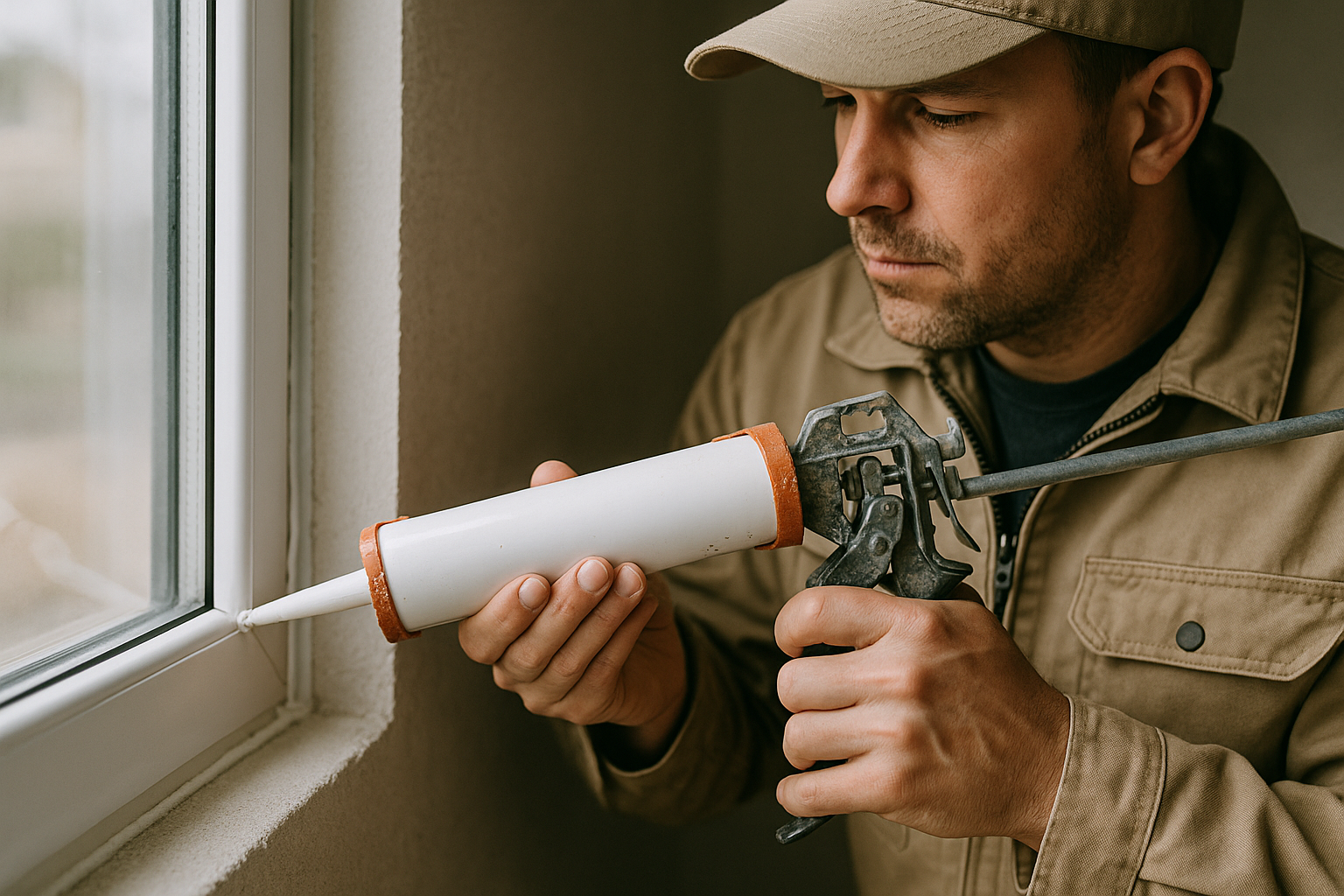
3. Energy-Efficient Windows
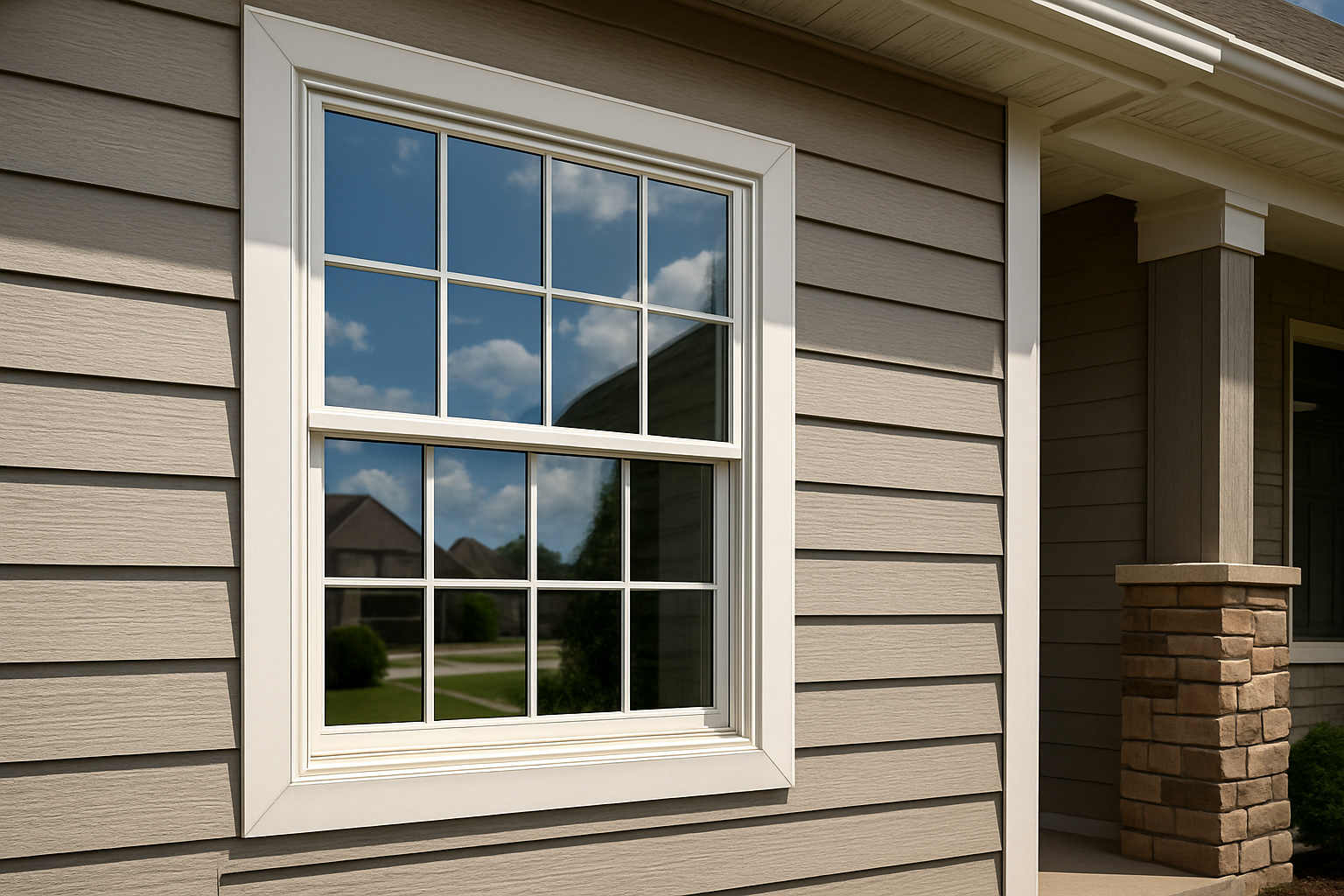
Home Energy Efficiency Tips for Different Seasons
Summer Energy Efficiency Tips
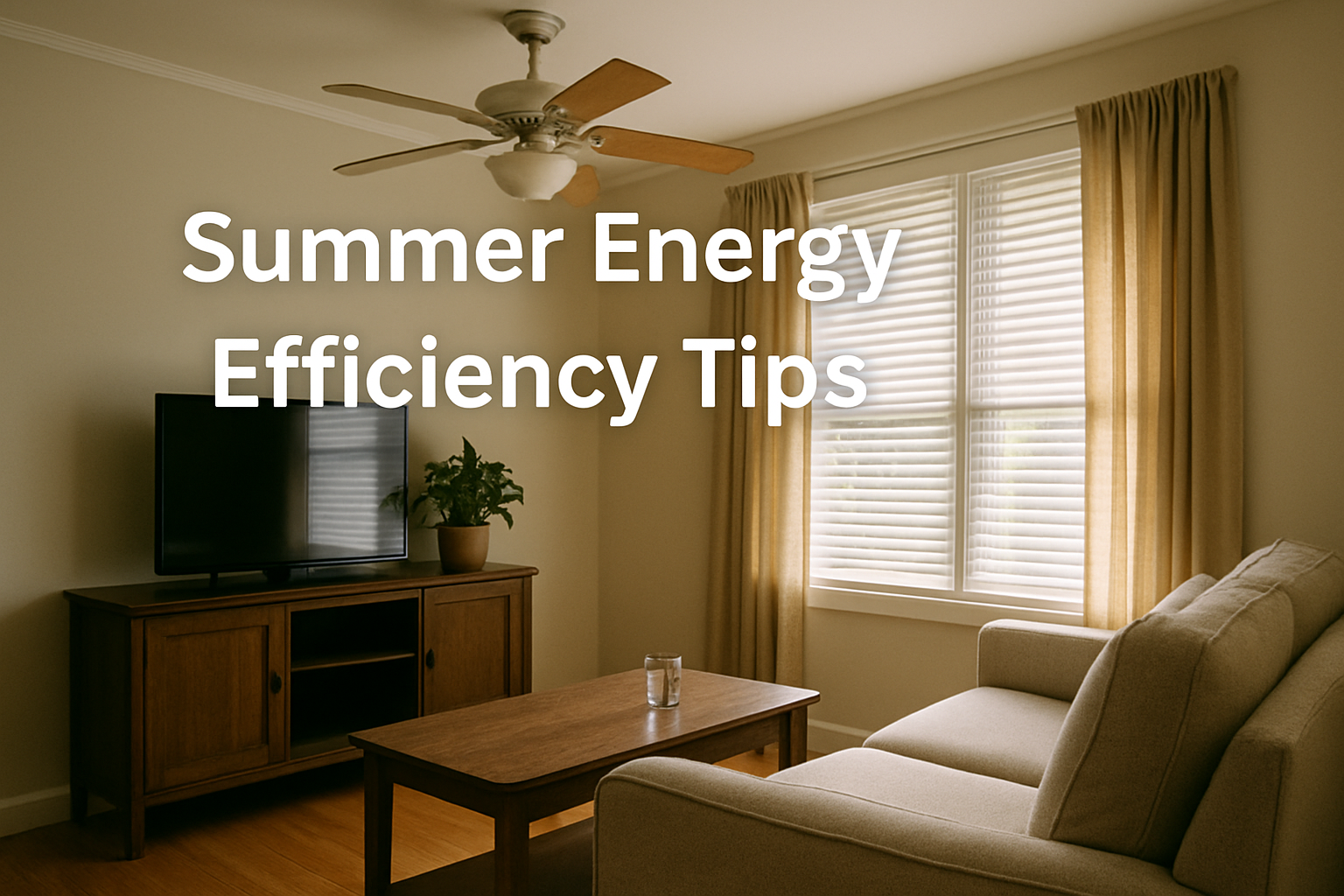
- Opt for ceiling fans to simulate a wind-chill effect; thus, you will be able to adjust the thermostat to about 4 degrees Fahrenheit without any discomfort.
- To stop sunlight from entering, close blinds and curtains during the day.
- Instead of using the oven on hot days, one should choose outdoor grilling or other methods.
- Make use of a programmable thermostat that raises the temperature when you are not at home or while sleeping.
Winter Energy Efficiency Tips

- During the winter season, bring the fan blades back to the standard method, by doing so, you can bring the warm air down from the ceiling.
- In the daytime, open curtains and blinds to let in the warm sunlight.
- In order to keep cold air out of doors and windows, you can stuff draft stoppers or weather stripping.
- Set the thermostat at a lower temperature during sleep hours, or when nobody is at home.
How Do You Make Your House More Energy Efficient?
Improving the energy efficiency of a house involves both small actions and bigger investments to get to that point. Following these steps will ensure long-term energy savings. Here are some ways to do it:
You can find more resources and detailed guides on our website to help you further improve your home’s energy efficiency.
Carry out an Energy Audit
Fix air leaks
Upgrade HVAC Systems
Employ Smart Power Strips
How Can I Make My Home More Energy Efficient?
There are many companies specializing in energy efficiency upgrades that help homeowners access funding, improve energy performance, and reduce costs and environmental impact.
Households can carry out the following green actions that bring about energy efficiency in their homes:
1. Behavioral Changes

- Turn off unnecessary lights and appliances.
- When possible, substitute artificial sources of light with natural ones.
- Try taking quicker hot showers to save water heating money.
- Unplug all your chargers and electronics, they should be unplugged if only in use.
2. Regular Maintenance
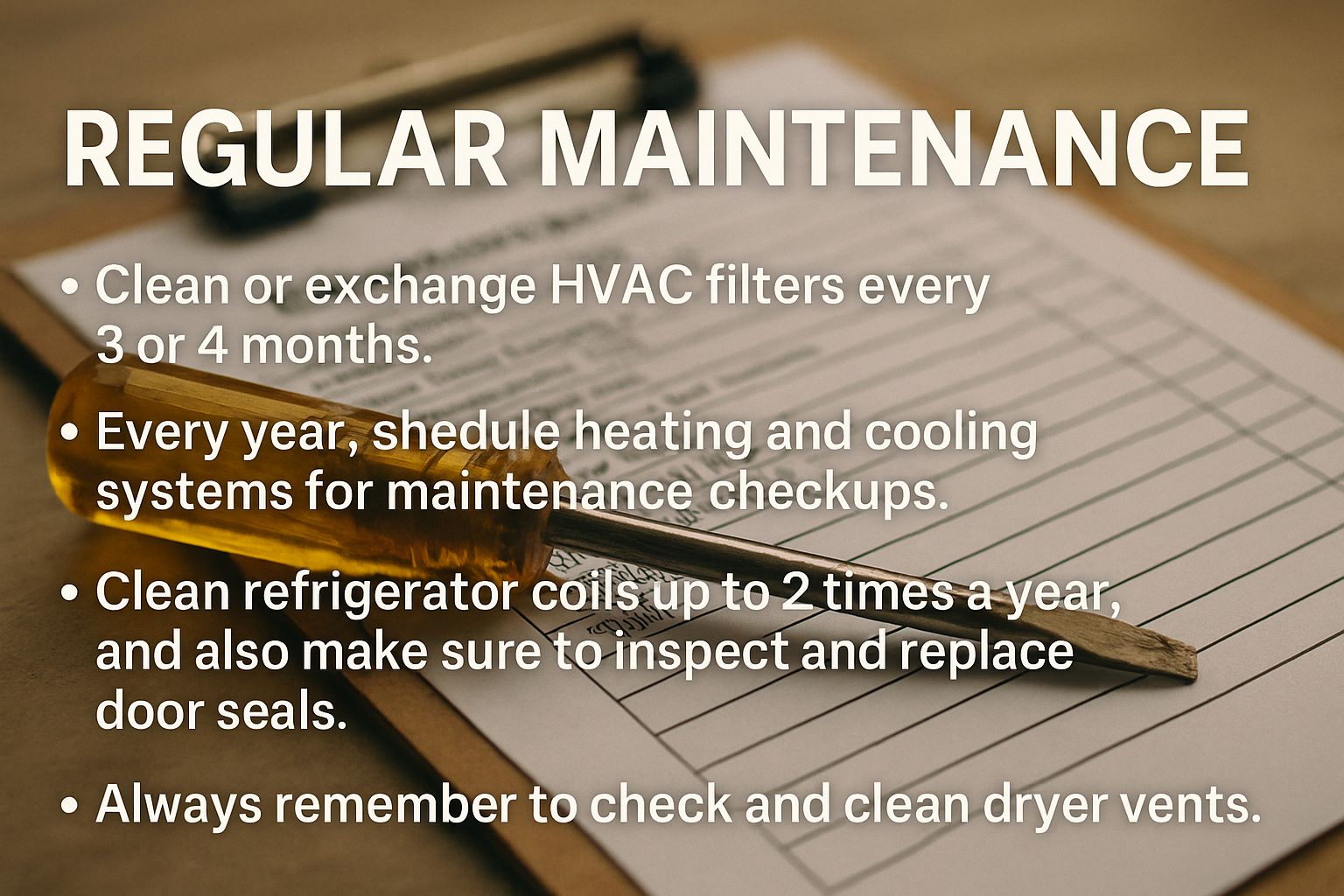
- Clean or exchange HVAC filters every 3 or 4 months.
- Every year, schedule heating and cooling systems for maintenance checkups.
- Clean the refrigerator coils up to 2 times a year, and also make sure to inspect and replace door seals.
- Always remember to check and clean dryer vents.
These are all essential tasks found in our comprehensive home maintenance checklist.
3. Energy-Efficient Landscaping

- Plant trees near your house; this will help in the sense that they provide shade in summer and act as windbreaks in winter.
- Go for native plants that consume less water and upkeep. This technique will help you save more water; besides, native plants grow better and will need special care.
These strategies also align with creating low-maintenance landscaping.
Home Energy Efficiency: Sustainable Strategies
For those who are looking to make effective energy-saving houses, these are the ones:
Government-backed funding is available to support upgrading your home with sustainable energy solutions, making it easier and more affordable to improve energy efficiency.
1. Invest in Renewable Energy
2. Green Roofing
3. Passive Solar Design
4. Energy Storage Systems
Conclusion
Have questions about energy efficiency, home upgrades, or our services? We’re here to help—submit your questions and get clear, reliable information and recommendations.
Note: For your peace of mind, always verify the identity and official contact of any contractor before allowing them to visit your home. Our company prioritizes your peace and mind by ensuring all visiting contractors are properly identified, scheduled, and follow strict safety protocols.
FAQs
Q1: Which is the most energy-saving home heating system?
Heat pumps are the most commonly available and least costly among energy-efficient heating systems.
Q2: How much can I save with energy-efficient appliances?
10-50% energy-efficient gadgets can save you 50% of battery.
Q3: Are energy-efficient houses pricier to build?
No, initially, they are costly, but the energy savings and other environmental benefits pose a significant advantage over time.
Q4: The best way to improve home energy efficiency?
Blowing up air holes and making sure the house has the right insulation are rapid and very effective ways.
Q5: How frequently should an energy audit be performed?
We recommend conducting an energy audit every 5-10 years or after making significant house modifications.
Take the first step toward a better future right now! Check out our full guide to energy-efficient homes to learn easy, effective ways to save money and live more smoothly.









